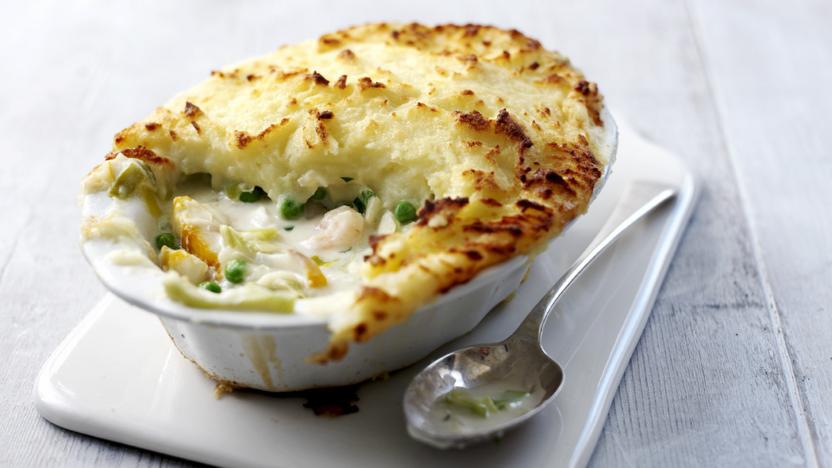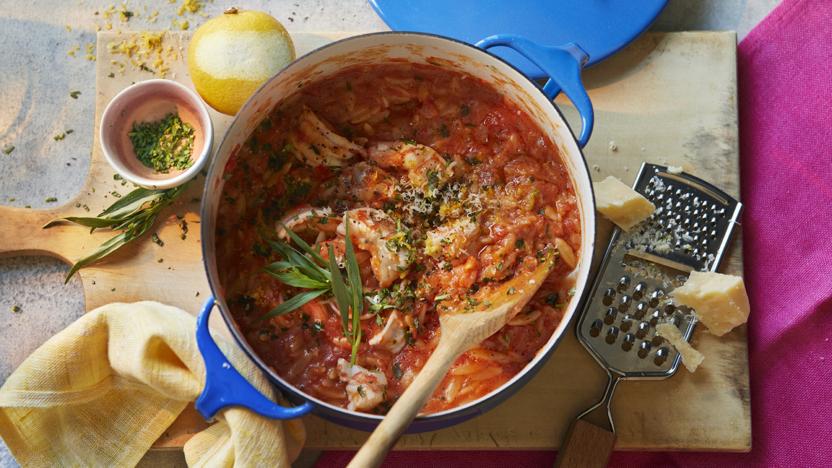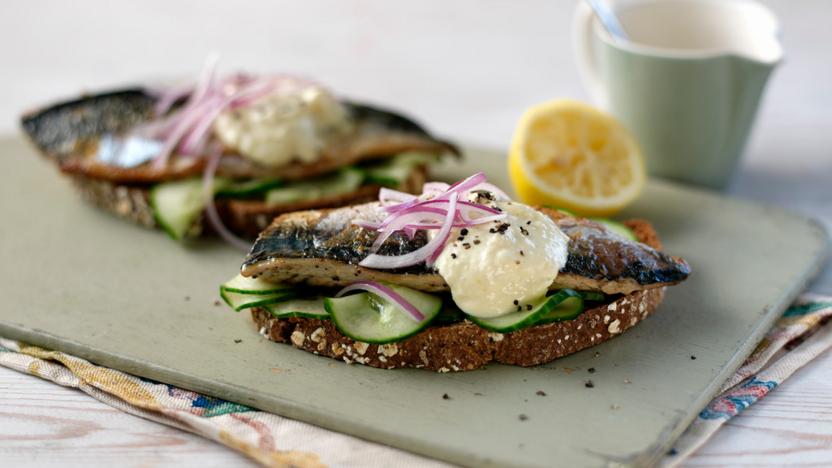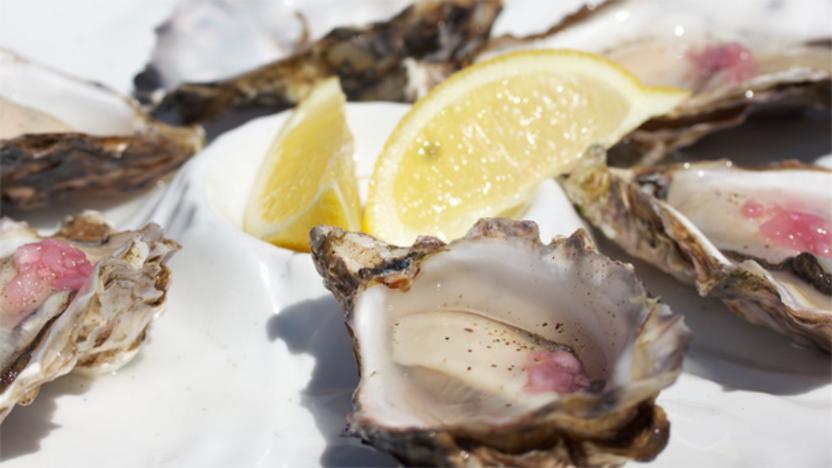Prawn recipes
Once a luxury, prawns are now considered an everyday ingredient. They are quick to cook, high in protein and delicious in our easy prawn recipes.
This prawn stir-fry is packed with veggies, so you don't need any starchy carbs with it. Once the chopping is out of the way this dish is ready in a couple of minutes.
Each serving provides 406 kcal, 26.5g protein, 32g carbohydrate (of which 24.5g sugars), 17g fat (of which 2.5g saturates), 11.5g fibre and 3.4g salt.
More prawn recipes
Buyer's guide
However there are serious sustainability concerns surrounding them, particularly regarding bycatch that is caught when they are being fished and the way tropical warm-water prawns, such as king and tiger prawns, are farmed. If you enjoy seafood, try exploring other more sustainable varieties, such as mussels and clams. Aim to eat prawns only occasionally and choose certified organic sources of tiger prawns or king prawns.
Cold-water prawns are sold ready-cooked, either peeled or with the shell still on. The most sustainable sources are from the North East Arctic and Canada. Warm-water prawns, such as tiger and king prawns are farmed and it is best to choose those that are organic or from a certified fishery. Both types of prawns, when sold raw, are likely to have been frozen at some point, even if you buy them chilled: check the label before purchasing if you want to freeze them. If you鈥檙e not intending to use the prawns immediately, it鈥檚 best to buy them already frozen.
Preparation
Prawns can be boiled in salted water for a couple of minutes if bought raw and are also delicious grilled, deep-fried, stir-fried or barbecued. Their flesh is grey when raw and turns pink and opaque once cooked. Make sure they're thoroughly cooked but take care not to overcook them or they'll become woolly and tough.
Use cold-water prawns in cold dishes such as salads or in a starter, either served with lemon juice, brown bread and butter or as a traditional Prawn cocktail. Eat cold-water prawns cold - if reheated they can shrivel and dry out quickly. For the best flavour, choose cold-water prawns that are still in their shell as they retain their flavour well and the shells are excellent for making stock.
Warm-water prawns require peeling, and the black, gritty, textured line running along the back of the prawns should also be removed (a process known as 鈥榙e-veining鈥�). This intestinal tract is not poisonous, but it is unpleasant to eat. Purchased raw, warm-water prawns are great for stir-frying, grilling and cooking on barbecues. To barbecue prawns, trim off the legs with scissors and make a slit along the back of the shell to de-vein (this technique is known as 鈥榖utterflying鈥� the meat). Leave the rest of the shell on to protect the meat during cooking. Open the prawns out to ensure even cooking and grill until the flesh has turned pink and opaque. Cooked warm-water prawns (often sold as crevettes) are excellent served in a salad as a first course. Chinese cookery has some great recipes for them 鈥� sweet-and-sour prawns, for instance. Warm-water prawns also feature in the popular Pad Thai noodle dish.

































